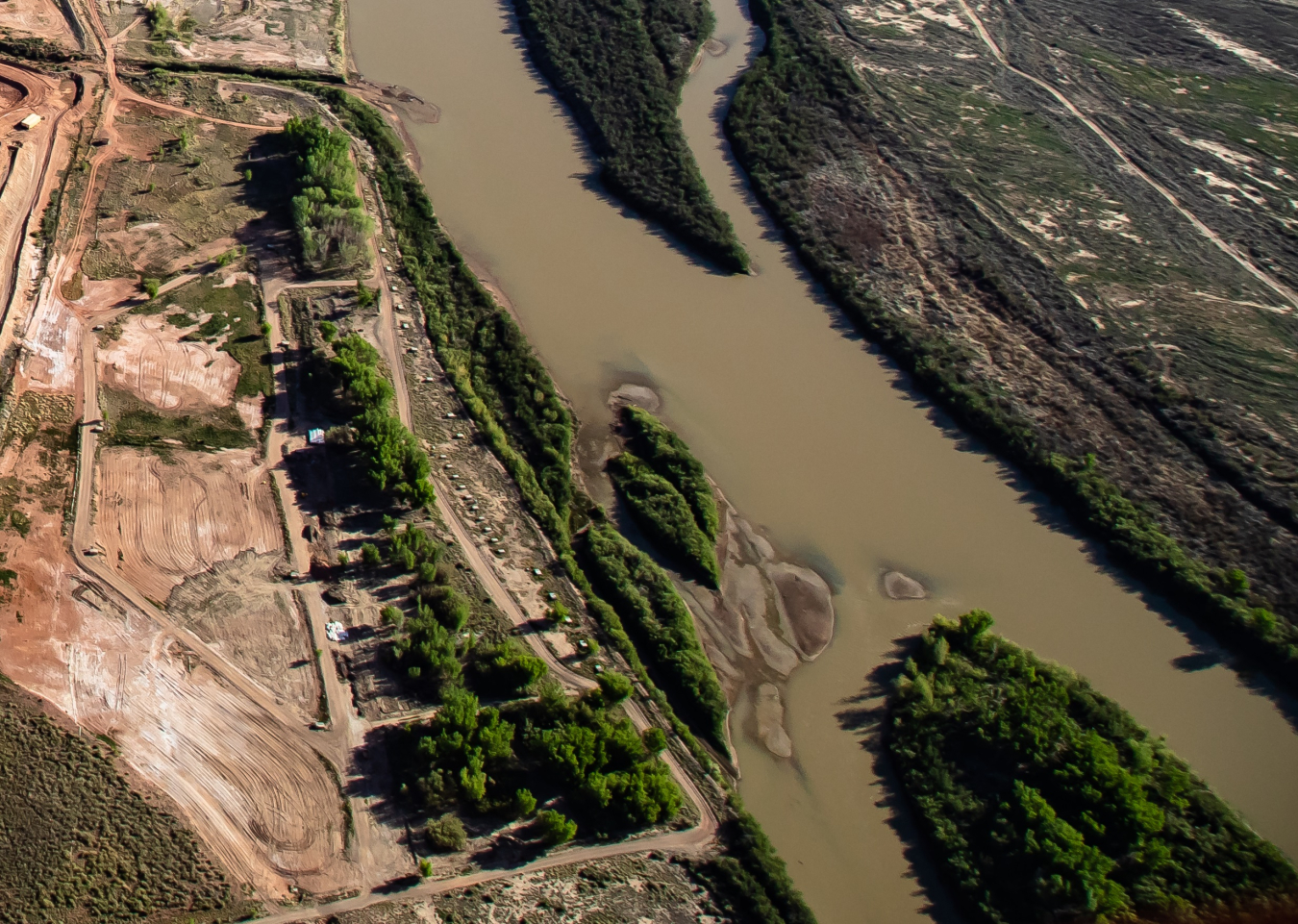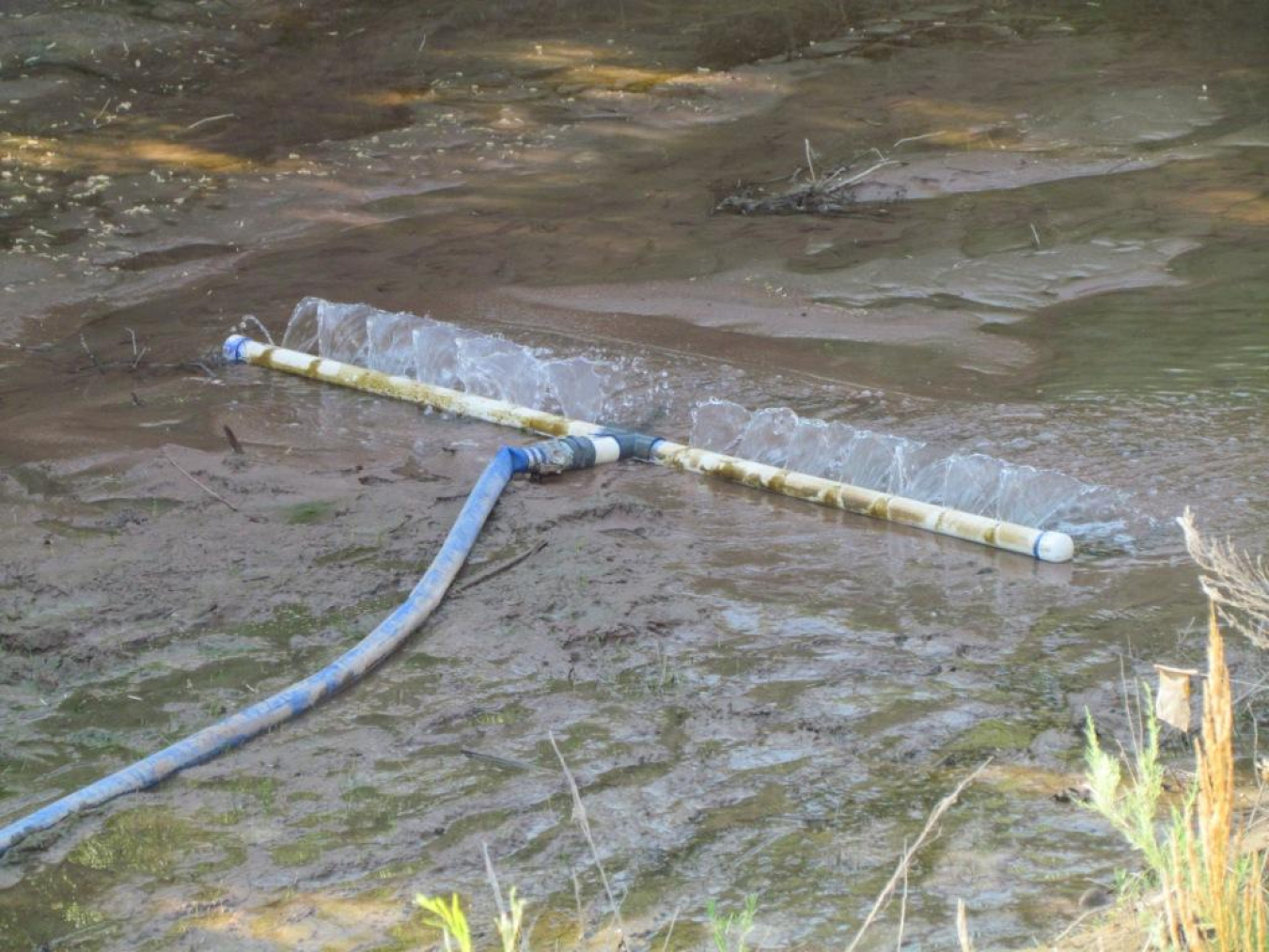Characterization
Monitoring
The following reports describe surface water and groundwater monitoring conducted at and near the Moab Project site. The reports contain analytical laboratory results of water samples collected during a specified sampling event and the data assessment summaries of the results.
2025
2024
2023
2022
2021
2020
2019
2018
2017
Project Plans and Performance Documents
The following documents are project plans and performance assessments for the Groundwater Program.
Groundwater Program Reports
Groundwater Program Reports
Surface Water/Groundwater
Surface Water/Groundwater
Flood and Drought
Flood and Drought
Flood Response
Flood Response
Continued Protection
Continued Protection
Surface Water Diversion
DOE protects suitable fish habitat along the banks of the Colorado River near the Moab site by augmenting the natural flow with additional river water. This activity, called surface water diversion, is performed when a suitable habitat area is present or imminent.
During spring runoff, the river level rises, inundating most riverside channels, which are not part of the main flow. As spring runoff ends and the river level falls, some of these channels close at the upstream end, creating backwater pools. These backwater pools serve as suitable habitat for endangered fish species.
Ammonia dissolved in ground water discharges to the river at a very low rate. The ammonia concentration discharging to backwater pools where the flow is almost stagnant can be sufficient to be harmful to fish species. Each year, DOE observes the channels near the Moab site for the development of backwater pools. The ammonia concentration in pools is measured, and additional river water is diverted to the areas as necessary to maintain levels of ammonia below harmful concentrations. The river flow and areas where backwater pools are likely to form are monitored through the end of September, when young-of-year fish are no longer present.
See Current Status - Groundwater Interim Action for the latest information on surface water diversion. The results of surface water diversion are discussed in monitoring reports.

Colorado River and side channels along the Moab Project site.

Freshwater is pumped through the blue hose into a manifold that lays on bottom of the side channels.

